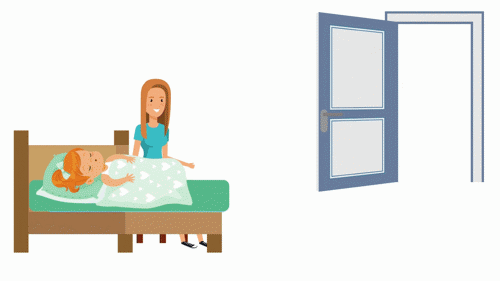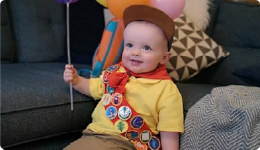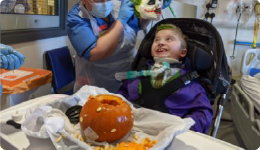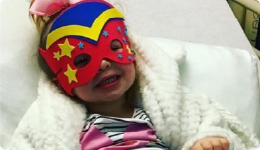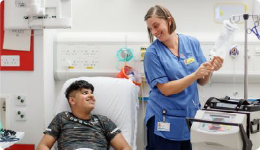General Sleep Advice
Sleep Action
Sleep Action (formerly Sleep Scotland) are a leading provider of sleep support, training, and resources. Visit Gateway to Good Sleep for more information on supporting children and young people's sleep. They can also offer families resident in Scotland one-to-one sleep support for any child aged 18 months-18 years Scottish Sleep Support Line.
The Sleep Charity
The Sleep Charity have a section all about sleep for babies, children and young people. The also run a National Sleep Helpline.
Sleep Advice for Children and Young People with Additional Support Needs
Contact
Contact has an information booklet for parents of disabled children to help your child sleep. Visit Helping You and Your Child Sleep Booklet for more information.
Council for Disabled Children
The Council for Disabled Children have Early Support Information on sleep which highlights the fact that problems with sleep are common, but are more likely to occur among children with additional needs. You will find information about how to develop good sleep practices and how to avoid sleep difficulties developing.
The Sleep Charity
The Sleep Charity have a section for children with additional support needs.
Down's Syndrome Association
We know that around 50% of children who have Down’s syndrome experience sleep issues. The Down's Syndrome Association have information on Managing sleep issues in children.
The National Autistic Society
The National Autistic Society (NAS) have information about Sleep and autism and visual supports that could be helpful in building a bedtime routine.



 Newborns and young babies spend a lot time sleeping. They don't yet know the difference between night and day in the early days. Most babies sleep for a few hours at a time and it is normal for them to wake regularly for lots of different reasons. You can find lots of information and resources using the links below:
Newborns and young babies spend a lot time sleeping. They don't yet know the difference between night and day in the early days. Most babies sleep for a few hours at a time and it is normal for them to wake regularly for lots of different reasons. You can find lots of information and resources using the links below:
